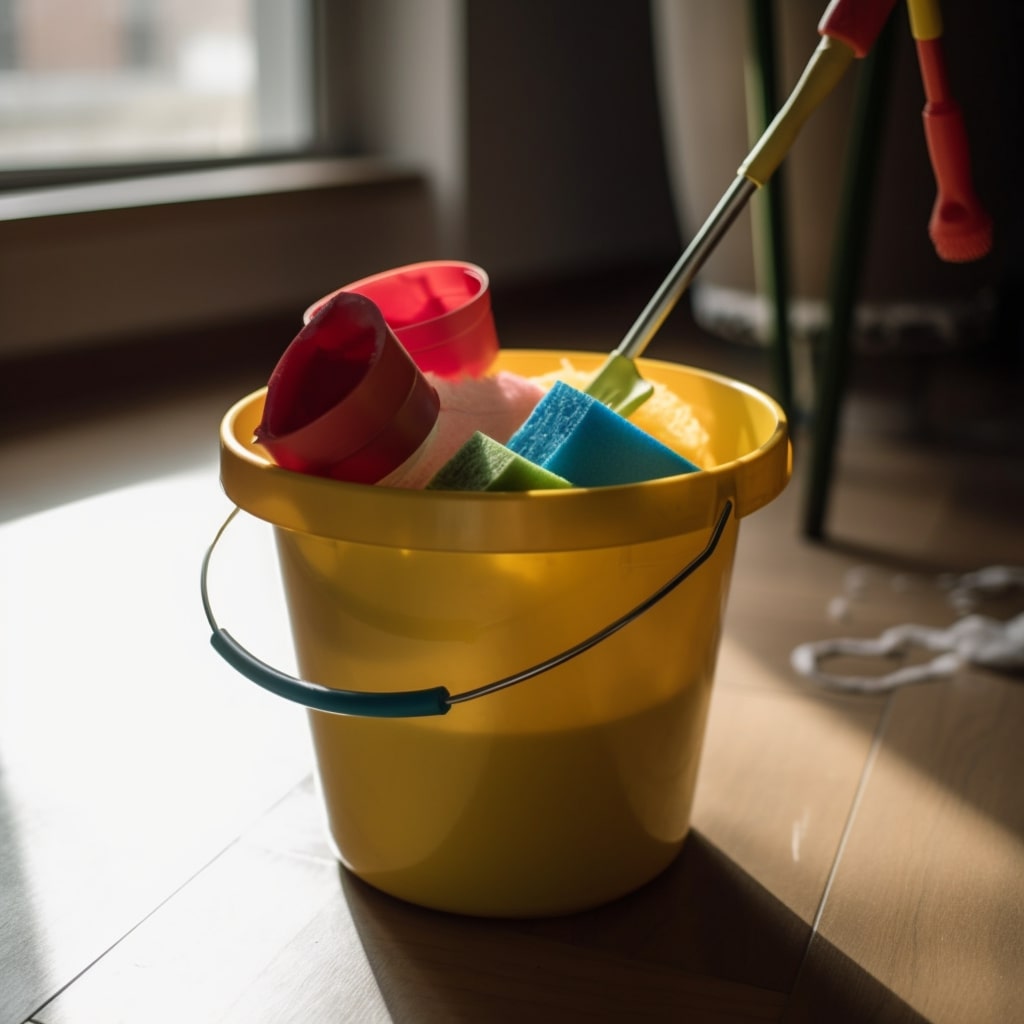Welcome to our comprehensive guide on deodorizing after-death cleaning.
In the aftermath of a loved one’s passing, addressing potential odors is crucial for the comfort and respect of the deceased, as well as the well-being of visitors.
This article provides knowledge and steps to effectively deodorize while acknowledging the emotional challenges that may arise.
Techniques such as proper ventilation, removal of soiled items, thorough cleaning, and the use of odor absorbers are explored.
Seeking professional assistance and emotional support throughout the process is emphasized for a compassionate approach to this sensitive task.
Understanding the Importance of Deodorising
To fully comprehend the significance of deodorizing, it is essential to understand its role in the immediate aftermath of a person’s passing. Deodorizing plays a crucial role in managing odors effectively and enhancing comfort and respect for the deceased and visitors.
It not only benefits the environment by reducing the impact of odors but also plays a vital role in the overall cleaning process. Proper deodorizing ensures a clean and pleasant environment while addressing the practical aspect of odor removal.
Emotionally Preparing for the Task
While it may be emotionally challenging, it is crucial to emotionally prepare oneself before undertaking the task of deodorizing after-death cleaning. Coping strategies, support networks, emotional resilience, self-care, and grief management are key aspects to consider during this process.
It is important to acknowledge and allow oneself to feel grief and sadness, seek support from friends or family, and prioritize self-care. Developing emotional resilience will help navigate the difficult emotions that may arise during the task.
Prioritizing Personal Safety
Ensuring personal safety and preventing potential health risks is paramount when engaging in the task of deodorizing after-death cleaning. This involves wearing personal protective equipment (PPE) such as gloves, masks, and goggles to protect against biohazard risks.
Ventilation techniques, such as opening windows and doors, help to improve air circulation and reduce odors. Odor removal methods include removing soiled items, cleaning and disinfecting surfaces, and using odor absorbers. Health considerations should always be taken into account when undertaking this sensitive task.
| Personal Safety | Biohazard Risks | Ventilation Techniques | Odour Removal Methods | Health Considerations |
|---|---|---|---|---|
| Wear PPE | Protect against | Open windows and doors | Remove soiled items | Prioritize personal |
| (gloves, masks, | biohazards | to improve air circulation | Clean and disinfect | safety and prevent |
Steps to Effectively Deodorise
To effectively deodorize after death cleaning, it is important to follow a series of specific steps:
- Ventilate the space by opening windows and doors to allow fresh air to circulate and remove lingering odors.
- Remove soiled items that may have absorbed the unpleasant smells, such as bedding, clothing, or carpets.
- Use proper cleaning techniques to clean and disinfect all surfaces, especially areas where fluids may have come into contact.
- The role of hot water is crucial when washing fabrics, as it helps eliminate odors and sanitize them effectively.
Utilizing Odour Absorbers
Odour absorbers such as activated charcoal or baking soda effectively neutralize and eliminate unpleasant smells in the aftermath of a death. These absorbers offer several benefits, including their ability to absorb and trap odor-causing molecules.
Activated charcoal, in particular, is highly effective due to its porous structure and adsorption properties. Both types can be applied by placing them in open containers or sprinkling them directly on affected surfaces.
DIY methods include creating sachets or using them in combination with other deodorizing techniques for enhanced effectiveness.
Properly Cleaning and Disinfecting Surfaces
Thoroughly disinfecting surfaces is a crucial step in the process of cleaning after death to ensure the removal of pathogens and maintain a sanitary environment. This involves proper surface preparation and the use of effective cleaning techniques and disinfecting products.
To achieve optimal results, consider the following:
- Thoroughly clean and remove any visible debris or fluids on surfaces.
- Use appropriate disinfecting products that are approved for sanitizing methods.
- Pay special attention to areas where fluids may have come into contact.
- Implement odor removal techniques by using deodorizers or enzymatic cleaners.
Considering Professional Assistance
Seeking professional assistance is crucial when dealing with challenging cases of deodorizing after-death cleaning. Biohazard cleaning experts provide the necessary expertise and equipment to handle difficult situations. Their professional guidance ensures that the cleaning process is done efficiently and effectively, addressing both the practical and emotional aspects.
In addition to expert assistance, it is important to prioritize emotional well-being by seeking support from friends, family, or counselors. Building a strong support network is essential in navigating the emotional toll of this task.
Seeking Emotional Support Throughout the Process
How can individuals find emotional support while navigating the deodorizing process after death cleaning?
- Utilize coping strategies such as deep breathing exercises or journaling to manage emotions.
- Reach out to support networks, such as friends, family, or online communities, for understanding and empathy.
- Practice self-care through activities like taking breaks, engaging in hobbies, or seeking professional counseling.
- Focus on managing grief by allowing oneself to grieve, seeking closure, and engaging in healing practices.
Conclusion
In conclusion, deodorizing after-death cleaning is a task that requires sensitivity, practicality, and compassion.
By understanding the importance of addressing potential odors, emotionally preparing for the task, prioritizing personal safety, and following the necessary steps for effective deodorizing, you can navigate this process with care and understanding.
Utilizing odor absorbers, properly cleaning and disinfecting surfaces, considering professional assistance, and seeking emotional support throughout the process are essential components of achieving a compassionate and thorough deodorizing after-death cleaning.

